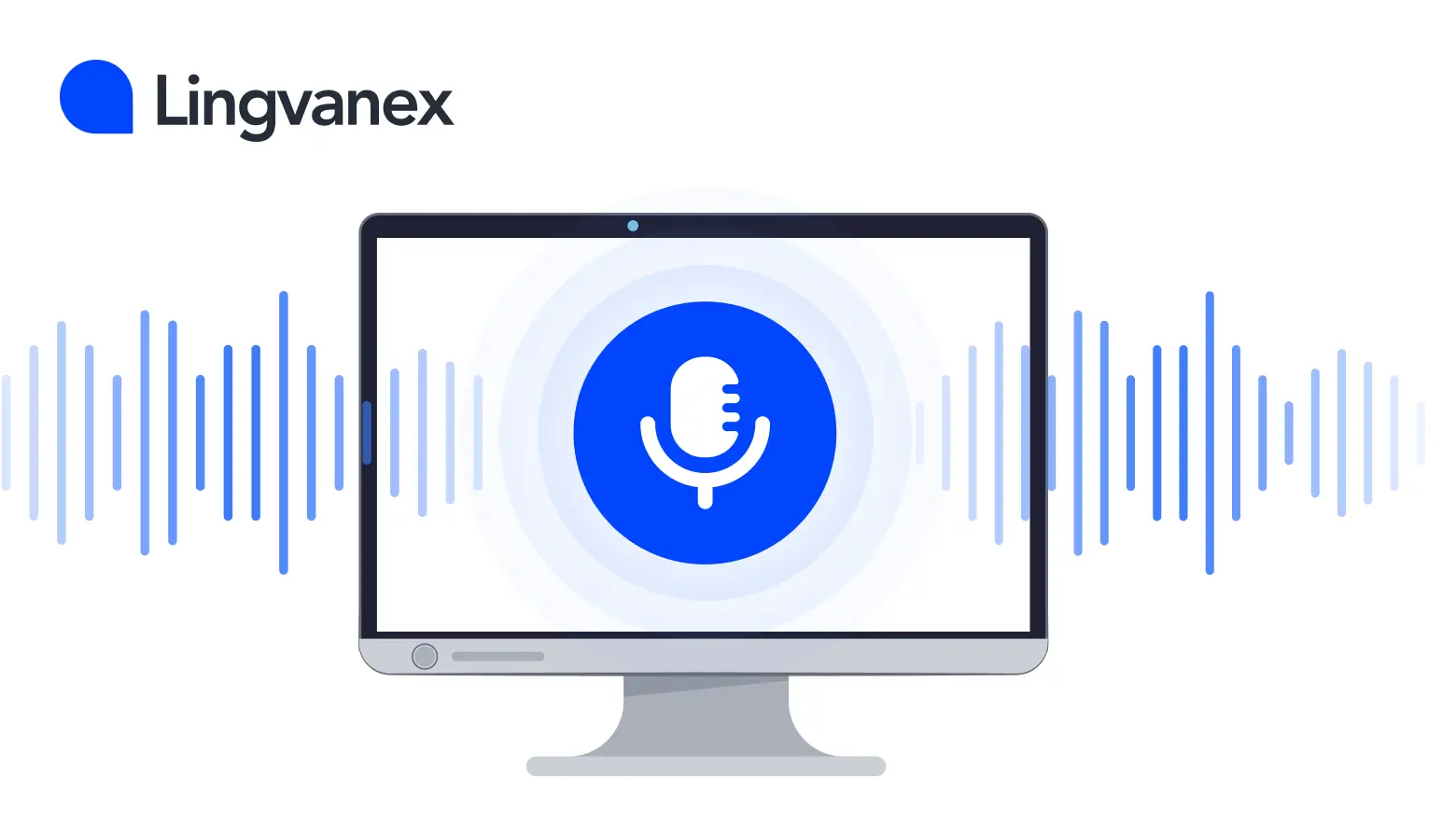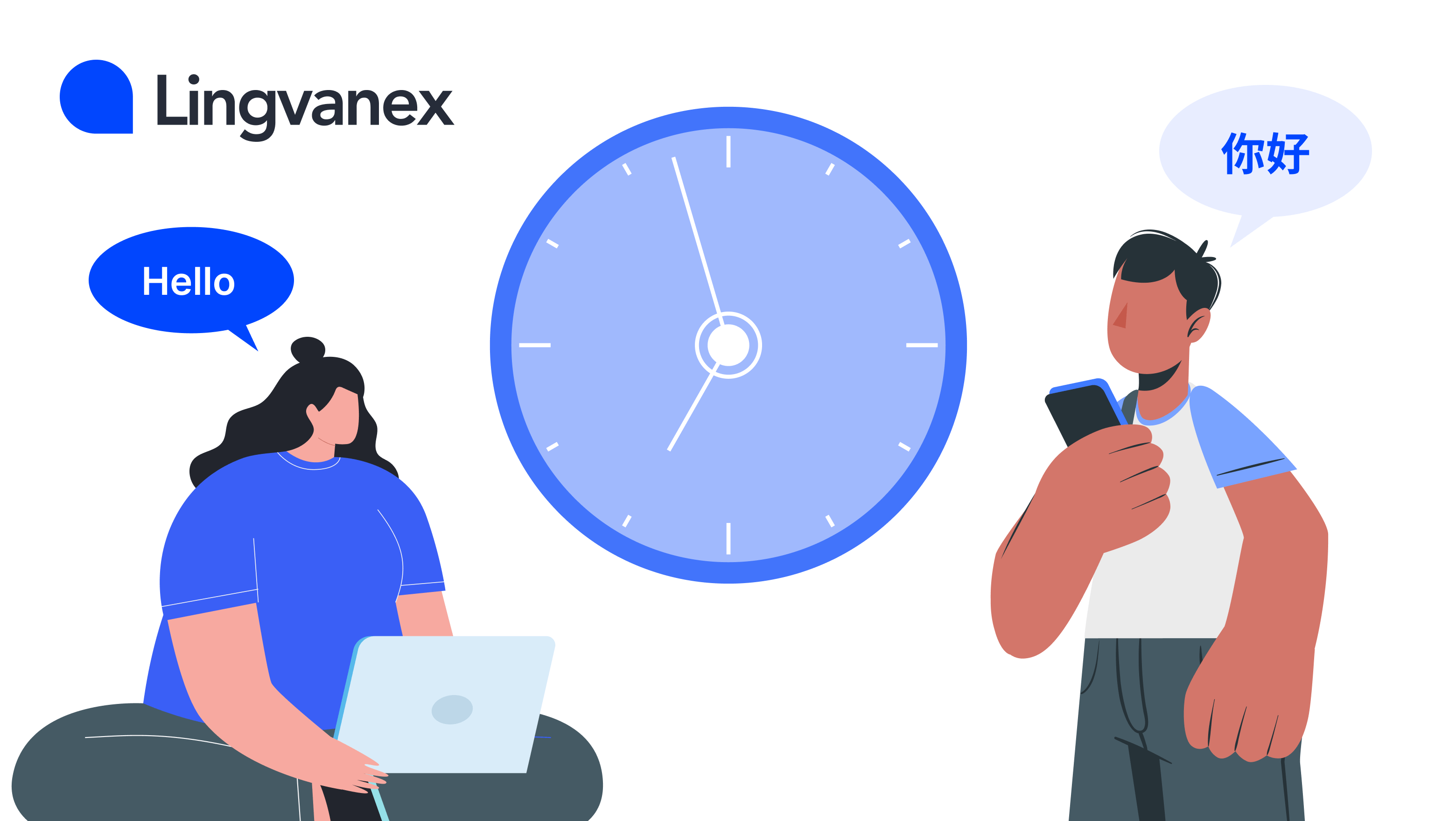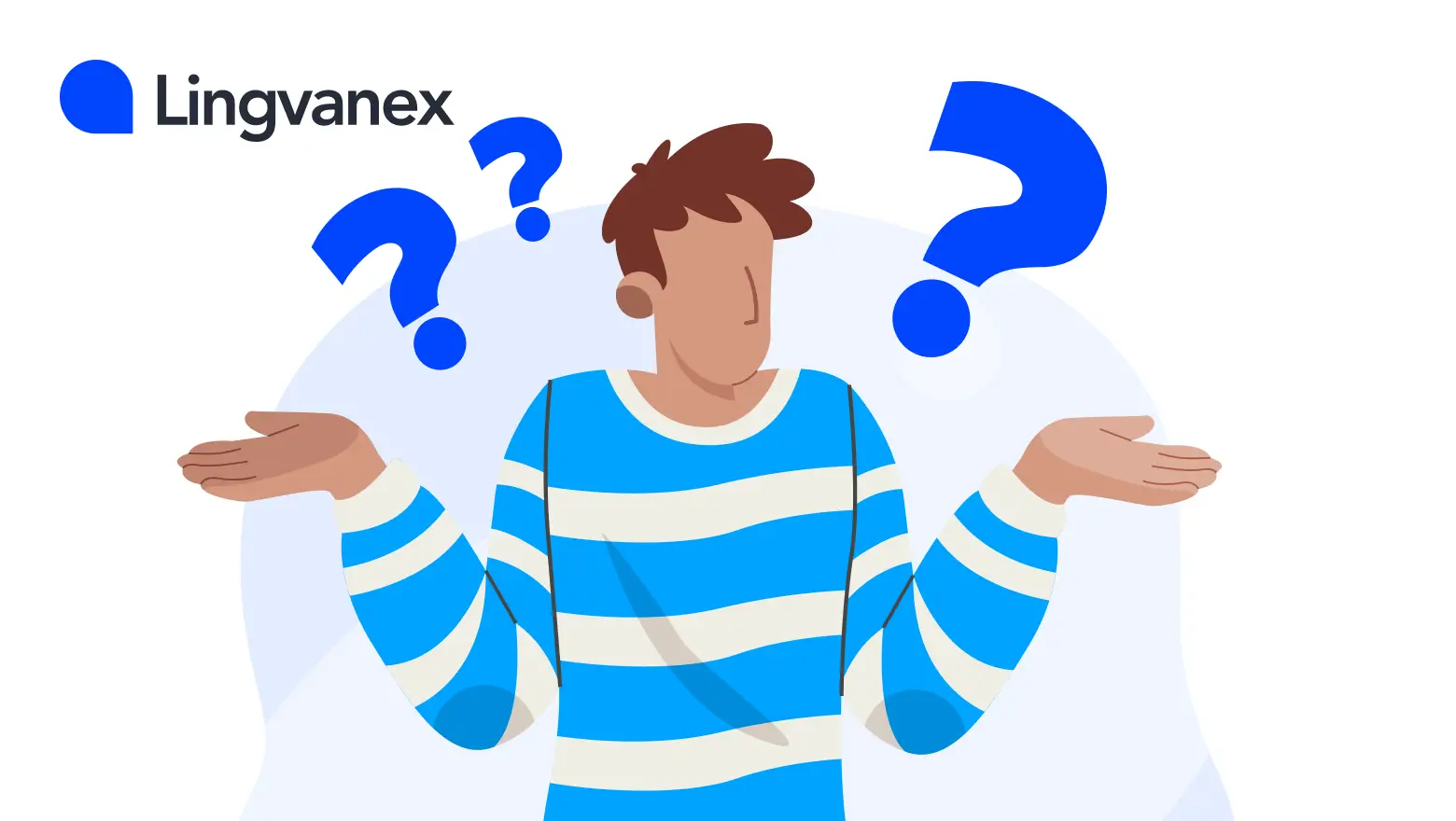The sound of the human voice carries a huge amount of information, but often this information remains fleeting and inaccessible for widespread use. Speech transcription is a bridge between the spoken and written word. It makes it possible to convert audio files to text, preserve the content of conversations, interviews, lectures, or other audio materials, and turn spoken data into a structured written format. In this article, we will explain in detail what speech transcription is and how it is developing. We will discuss who is involved in transcription, the different types of transcription, and the main advantages and limitations of the technology. Additionally, we will explain how automatic transcription works and where it is applied.

The Definition of Speech Transcription
Speech transcription is the process of converting spoken language into written text. A specialized program transcribes audio files and transforms the spoken words into written form. This is a complex task that requires a deep understanding of language and context.
Modern transcription systems are based on neural networks trained on massive amounts of audio data. Thanks to this, they can reproduce speech as naturally and accurately as possible, automatically insert punctuation, and determine the structure of the text. For companies that prioritize data privacy and control, an on-premise speech recognition solution is particularly relevant.
Transcription, Speech-to-Text, and Speech Recognition: What’s the Difference?
In audio processing practice, the terms transcription and speech-to-text are often used interchangeably. Both refer to the same process: converting spoken language from an audio or video recording into written text. This process is also commonly called “audio-to-text.” All these terms describe the textual representation of spoken words and can be used interchangeably without changing the meaning.
Speech recognition, on the other hand, is a broader concept. It includes not only converting speech into text but also processing voice commands and any other technology that allows a system to “understand” spoken language. This includes virtual assistants, device control systems, automated call handling, key phrase analysis, and many other scenarios where a machine needs to interpret spoken input.
Who Are Transcribers And What Do They Do?
Transcribers are specialists who convert spoken language into written text. Their task is to transcribe audio to text as accurately and completely as possible based on audio and video materials.
The profession of a transcriber requires serious linguistic training, good language skills, and the ability to quickly and accurately perceive speech by ear. Transcriptionists have to deal with different dialects, accents, and specialized terminology from a wide variety of fields. Their services are needed in journalism, law, medicine, education, business, and many other areas to create transcripts, subtitles, minutes, transcriptions of lectures, meetings, etc.
Recently, automatic audio-to-text converters have been actively developing. They have a number of advantages: high speed, low cost, and the ability to process large amounts of data. Automatic transcription allows you to significantly optimize the time and money spent on transcribing audio and video.
Types of Transcription
Machine speech recognition is commonly divided into three types, depending on how the technology operates.
Streaming transcription decodes speech in real time. For example, during a video conference, automatic subtitles may be enabled simultaneously for colleagues with hearing impairments. The same technology is used in software for voice-controlled devices. While you tell your smart home what to do, the system recognizes your speech and converts it into machine-readable commands.
Synchronous transcription is mainly used in messaging apps to convert previously recorded short voice messages into text. It works very quickly, but the duration of such messages usually does not exceed one minute.
Asynchronous transcription is used to convert already recorded audio files of virtually unlimited length into text. Both the recording itself and the transcription process may take hours. This technology is used when real-time or near-real-time recognition is not critical.
Advantages of Speech Transcription
Speech transcription greatly expands the possibilities for working with audio materials. Below are the main advantages that make this technology particularly useful in various fields.
- Time Savings. Speech recognition provides fast and accurate transcription of spoken text, making content easy to search and scan. This makes it easier to navigate content and quickly find the right moment in a speech.
- Language Skills Development. Real-time transcription of natural speech and audio files provides accurate recordings, which creates new opportunities for language learning. For example, when a person needs to learn to understand speech by ear, subtitles are a great help in achieving this goal.
- Cost Savings. Automatic voice transcription services offer flexible pricing models. Users can choose the best option for their tasks and workload. Providers offer free trials or basic packages that allow users to test the software's functionality before signing up for a paid subscription.
- Accessibility for People with Hearing Impairments. By enabling automatic captions during classes, podcasts, and meetings, people with hearing impairments can participate in group work on an equal footing with others.
Limitations of Speech Transcription Technology
Despite the rapid development of speech recognition technologies, transcription still faces a number of limitations.
- Complex Audio Structure. Audio recordings with multiple speakers talking at the same time can be challenging for transcription systems. Algorithms may struggle to correctly separate speakers or may lose important semantic nuances. As a result, the final text may lack accuracy. This is why it is important to choose tools that support diarization — the automatic identification and separation of different speakers.
- High Requirements for Audio Quality. Poor microphone quality, unclear pronunciation, and background noise all negatively affect transcription accuracy.
- Privacy and Confidentiality Concerns. Using online transcription services can be risky, as transmitted audio and video files may contain sensitive data and there is a possibility of data leakage. To eliminate this risk, it is important not to upload confidential materials to cloud systems that are not fully controlled by the company. Local, on-premise solutions such as Lingvanex are significantly safer, as they process data entirely within the client’s infrastructure and do not transfer it to external environments.
How Does Automatic Speech Transcription Work?
Automatic speech transcription is a technological process that converts spoken language into written text using computer algorithms. Below are the main stages of how it works:
1. File upload. The system receives an audio or video recording and prepares it for processing.
2. Pre-processing. Algorithms enhance audio quality, reduce noise, and isolate the useful signal.
3. Acoustic analysis. The software breaks speech into sounds and matches them with acoustic models to determine which words were spoken.
4. Linguistic analysis. Language models help the system understand context, assemble words into coherent phrases, and choose correct formulations.
5. Post-processing. Algorithms correct potential errors, normalize the text according to language rules, and refine wording.
6. Text formatting. The system automatically inserts punctuation, divides the text into paragraphs, and prepares the final transcript.
7. Output generation. The program produces a finished text file and delivers the final transcription to the user.
Areas of Application
Speech transcription is widely used in various fields of human activity. The ability to quickly and accurately record spoken information in text form opens up new horizons for working with data, saves time and resources, and improves communication efficiency.
Here are the main areas where automatic speech transcription technologies are particularly in demand:
Journalism
In journalism, speech transcription is essential for transcribing interviews, reports, press conferences, and other materials. Text transcripts allow journalists to accurately quote statements, preserve important details, and facilitate further work with information when preparing articles, stories, and publications.
Law
Creating transcripts of court hearings, interrogations, and investigative procedures is an integral part of the legal process. Accurate text transcripts record all events and statements, making them suitable for detailed review and use as evidence. This also helps ensure procedural compliance and increases transparency in legal proceedings.
Education
In education, transcription is used to convert lectures, seminars, webinars, and other educational events into text format. Transcription helps students better understand the material and simplifies the creation of teaching aids and lecture notes. This approach also supports the development of distance and inclusive learning.
Business
In the business environment, speech transcription is used to document meetings, negotiations, conference calls, and other discussions. Text transcripts help structure information and record agreements. They make it possible to preserve decisions and return to details when needed. In addition, transcripts simplify task distribution and performance tracking.
Healthcare
In healthcare, transcription is used to document patient examinations, consultations, and surgical procedures. This facilitates further review of information and accurate maintenance of medical records. Transcription also improves data sharing between specialists and enhances the overall quality of collaboration.
Lingvanex On-Premise Speech Transcription Solution
Lingvanex has developed an On-premise Speech Recognition designed for enterprise use. It enables the processing of large volumes of audio while keeping all data entirely within the customer’s infrastructure. This approach eliminates the need to transmit recordings to external servers and guarantees a high level of data confidentiality.
The on-premise software is installed on the client’s servers, ensuring secure transcription across all connected devices, including Windows and macOS workstations, tablets, and Android and iOS smartphones.
The system automatically adds punctuation and timecodes and supports both real-time speech processing and transcription of pre-recorded files in WMA, MP3, OGG, M4A, FLV, AVI, MP4, MOV, MKV, and WAV formats.
The solution easily integrates with Lingvanex’s On-premise Machine Translation System. This makes it possible to obtain not only accurate speech recognition but also real-time or post-recording translation into 109 languages, with no volume limitations.
Key features include speaker diarization, which automatically identifies and separates different speakers’ voices. The system also supports subtitle generation with precise timecode alignment, simplifying work with video content and training materials.
In addition, Lingvanex offers customization of speech recognition models for specific industries — from healthcare and legal to the financial sector. This approach takes into account professional vocabulary, accents, and domain-specific terminology, ensuring higher accuracy and maximum efficiency when deploying the technology.
To evaluate the quality of its solutions, Lingvanex provides a free trial period.
Conclusion
Speech transcription is a powerful tool for working with information in the digital age. Professional transcribers and automatic transcription technologies help to quickly and accurately convert spoken data into written format. The development of systems based on artificial intelligence and neural networks takes transcription to a new level, opening up opportunities for unprecedented acceleration of the process and reduction of costs. Computer algorithms can quickly and accurately convert audio files into text, adapting to accents, terminology, and context. Speech transcription opens up new horizons for working with information, saves time and resources, and increases productivity in a wide variety of industries.



